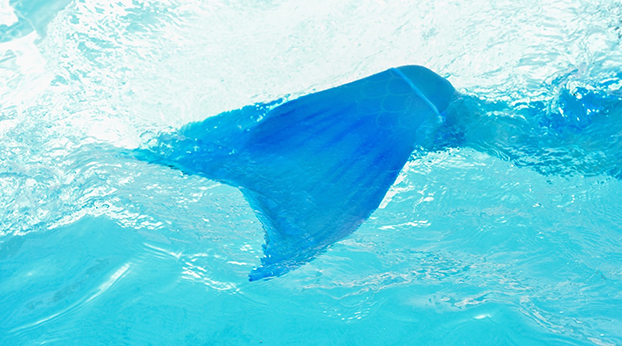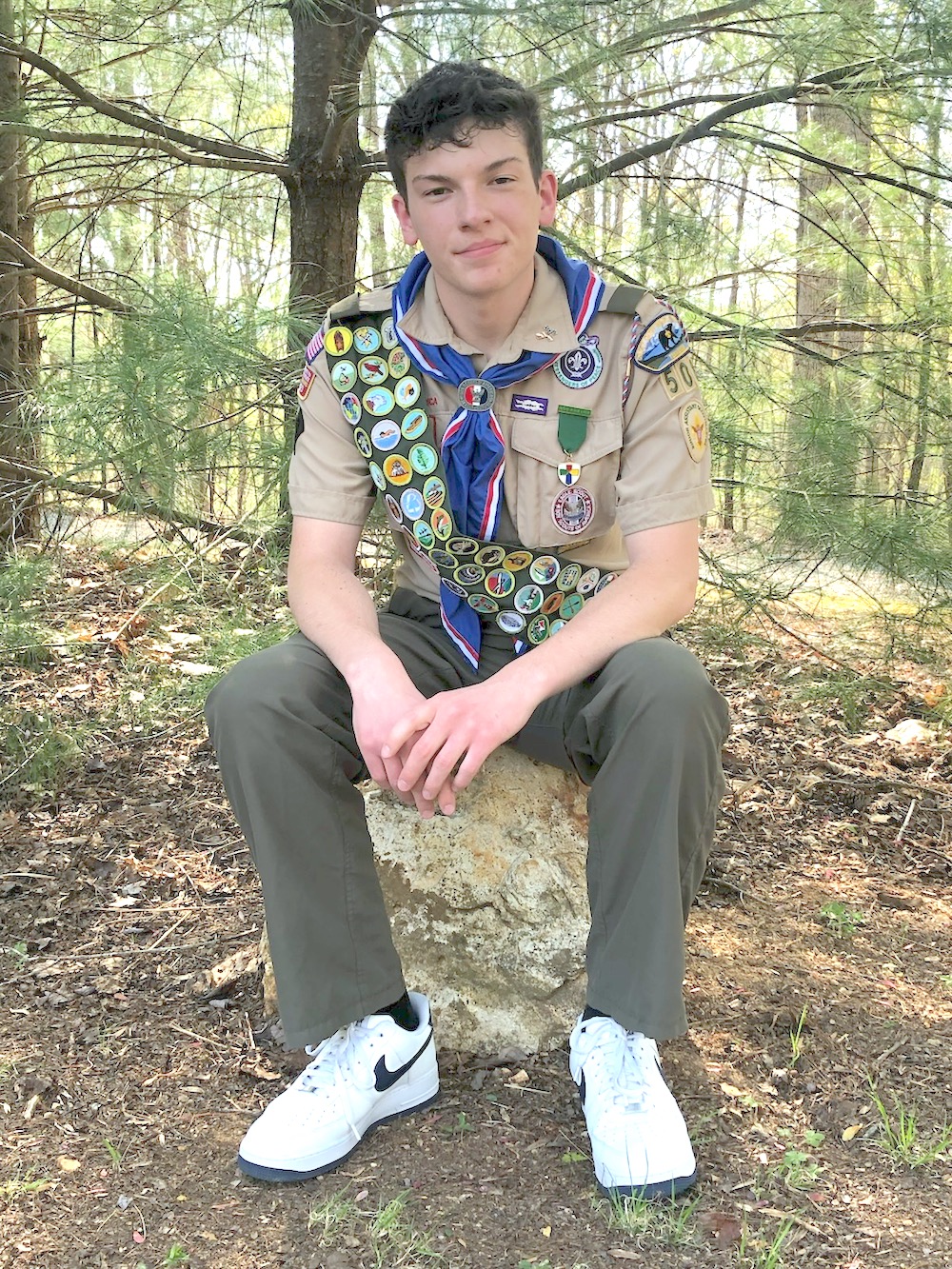The mystery of the Blue Hole mermaid
Published 2:41 pm Saturday, September 19, 2020
|
Getting your Trinity Audio player ready...
|
(Writer’s note: We are grateful to the late Randy Bullen and to Nell Quesenbery, two local historians whose individual accounts were used to create the bones of this story.)
Local folklore boasts a tale of a mermaid who made her watery home in a sinkhole located in a thicket behind where the Claiborne Justice Center now stands. Before writing off the story as just the imaginings of susceptible folks, let it be known the sightings were chronicled in the now defunct New Tazewell Observer newspaper by a prominent county resident.
Alexander M. Cloud published a series of first-hand accounts and memories he collected over the decades dating back as early as the 1830s.
One of the stories centered on the Blue Hole mermaid.
Cloud grew up hearing stories about the Blue Hole and its inhabitants. He listened intently while slaves told tales of seeing strange sea animals emerge from the glistening water, do their sometimes shady deeds and disappear once again into its depths.
“One story was about a lady who lived nearby and would do her washing on its bank,” said Bullen, in one of his research papers. “While washing one day, a large marine animal came to the surface and out of the water. It immediately seized one of her bed quilts and proceeded to eat part of it and disappear beneath the water with the rest.”
According to the historian, Cloud recounted how slave children would sit and watch for the mermaid to reappear, prompting many stories of quilt-eating mermaids that would be told and retold for many years.
“There are several tales of other instances of all sorts of creatures and accidents to be told,” said Bullen.
Quesenbery took what is to be presumed as artistic license to write her experiences with the mermaid. The story was published in the Oct. 8, 1981 edition of the Claiborne Progress.
Barely five years old during the summer of 1941, the girl sat on the concrete porch with her Mamie Cordie as the older woman spoke of the Blue Hole and how there were women that were half fish.
“Have you ever been to the Blue Hole? Have you ever seen a mermaid?” questioned the little girl.
“No,” said Mamie Cordie, but truly believing in mermaids she added, “they are real.”
After spending a bit more time with the child, Mamie Cordie went about her housekeeping duties leaving the young Nell to her own devices. Becoming bored, the child wandered over to her swing before settling into the welcoming trunk of a favorite tree.
According to Quesenbery, she was a lonely child who dearly missed her parents whenever the couple was away working in Kingsport. She says in the newspaper article that she was delighted with the gift of a storybook her parents gave her. The book included photos and drawings of sea creatures. The little girl was especially enchanted with a picture of a mermaid.
Getting comfortable against the tree trunk, the little girl thought of a blue hole without a bottom, and a beautiful woman with the tail of a fish.
“I felt my eyes close. I heard a faint snore in my secured position within the curving trunk of the tree. Then, twinkling like a blue gem, I saw the round hole of blue water. The bank was softly covered by mosses and dried leaves. Inside the dell where the blue hole lay was a barrier of mighty trees and pine, cedar, oak, chestnut and poplar. Under these tall silent guards was a thatch of pine needles and old leaves,” reads the Quesenbery story.
The little girl braved the stand of trees, making her way to the blue hole.
“Expectantly, thrillingly, I saw her. She was just lying there on the water, her finely made fishtail, with its broad double-curved fin, upswept.”
The little girl said “Oh my! You must be a mermaid.”
The fish-woman said her name is Mystra, the daughter of Nereus and Doris, who attend Neptune, the god of the sea.
Mystra then asked for the girl’s name, which was Nell Lee.
“Smiling, she swam closer, cunningly flapping her brilliant green tail. Her face was so beautiful and her voice softly charmed me.”
The mermaid asked the little girl if she would like to enter Neptune’s sea from the blue hole. The girl asked Mystra what she would see.
“You would see tides, harbors and crescent beaches. You would hear the sea winds of the moors and mountains. There will be cities, remote seas of the mighty deep, stone crags, blue bays, the bluer Mediterranean, snows of the gleaming suns of the Bedouin Desert, green lush forests and mighty ships which pass old palaces and towers,” the mermaid said, according to the Quesenbery account.
Despite her excitement about the proposed underwater trip, the little girl worried that she might never again see her loved ones.
“No, little human, you must leave all the land people,” said the mermaid.
“Holding her arms out to me, she smiled so beautifully that my heart hurt me frightfully,” said the little girl in the story. “Oh Mystra, part of me wants so badly to go with you, the part that likes fairytales and wonderful things. But, part of me wants to go home and eat dinner with my grannies.”
The mermaid told the girl that she must choose.
“If you return home, you choose love, which is the most powerful force in the world for humans. But dear, if you come with me you choose immortality.”
The girl made up her mind.
“I must go home. It’s noon. I hear Granny calling. She’s calling me to dinner. Goodbye, Mystra.”
In the story, Quesenbery says she never returned to the Blue Hole of her dreams.
“Many years ago, however, my young husband Jack, who was raised on Ball Creek, took me to this wonder place. I did not see a mermaid nor the little fish that are said to be there. Yet, I still felt the magic all around the little pool of blue water without a bottom.”
In his account, Bullen says that Cloud mentioned something ironic.
“He wondered if the Blue Hole attached to a large body of water or underground lake. Today, the height of the waterline most of the time is the same elevation of Norris Lake.”
Many believe sinkholes to be bottomless. Most blue holes are formed from sinkholes or caves that develop slowly over time as rock begins to erode and collapse. Many blue holes are believed to have been formed during the last Ice Age once sea levels rose and filled existing sinkholes with water.







